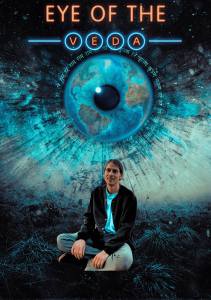Frequently Asked Questions
Q: What exactly is a “birth chart” or a natal horoscope?
A: A birth chart, natal chart, or horoscope, is a map of the planetary bodies and their placements in the heavens at the exact moment of a persons birth. By proper interpretation of the chart, one can learn to see the quality and the types of karmas, or past-life conditioning that the person is going to experience and be dealing with in this life. In the Vedic tradition, the concept of reincarnation is used to explain why one person may be born into wealth and fortune, and another born into poverty. The idea is that the person has had many births and deaths, and by the use of their free will in past lives, developed certain types of conditioning, or karma, that they identify with and think to be themselves. A person who does very virtuous deeds and “good karmas” will be reborn in a fortunate position in life. A person who does very selfish and cruel deeds in life will likewise be reborn into hard situations, poverty and suffering, and their chart will reflect that. This is an overly simplistic explanation, but that is generally how it works.
The natal chart has been compared to a road map for the human soul. It tells where one has been and where one is likely to go… but it is never 100% determined. The karmas only say what they say because of what one has done with their past free will. One can exercise their divinely given free will at any time to counter the potential karmic seeds that they may not want to germinate in the present life. And even if those seeds have sprouted, one can use conscious effort and actions in the present time to “pull the weeds” out of their mental field and prevent the karmas from manifesting. This is the basis for the remedial measures that are recommended for the person during a horoscope reading.
Q: Do Astrologers know everything?
A: No, and they should not be expected to. Just like any other counselor, or any other type of work for that matter, they will make mistakes at times and so it is good to have a realistic sense of what to expect from an astrological reading.
Q: How long does it take to read a chart and figure something out?
A: It depends on each chart and situation. In my experience, the chart does not reveal itself all at once. It is more like peeling away layers of an onion. As you work on it more and more things are revealed to you and the picture starts to come together like a jigsaw puzzle. Then again, sometimes you do just see something instantly, with some sort of “intuition”, so it all depends. In India having an astrology reading is called “Devaprashna”, which means, roughly “to consult the Gods”. So at the end of the day, the Gods, the Universe, whatever you want to call it, is going to convey what it needs to you through this medium one way or another. Each time it does that in a unique way, really.
Q: Do you use the tropical or sidereal zodiac?
A: I use tropical rashis with sidereal nakshatras. This is what many of us astrologers have found to work the best after testing out all the available options and systems. My main teacher is Ernst Wilhelm and I use the same calculations as him. I have found that these calculations, ayanamsa, etc. seem to work best in the sense of scientifically repeatable jyotish techniques. With that being said, I think it is more important the astrologer than what zodiac they are using, so if you get a good astrologer that uses sidereal or tropical, dont worry just be happy you got a good one. There are many skilled sidereal astrologers and I dont look down upon them or anyone based on the calculation methods they choose. In fact its not the calculations that makes one a vedic or western astrologer, its the techniques they use. The Vedic techniques are by far the best and most accurate I have found even without the tropical rashis, but when we use tropical rashis it becomes the type of profound jyotish that I always believed existed but took so long to find.
